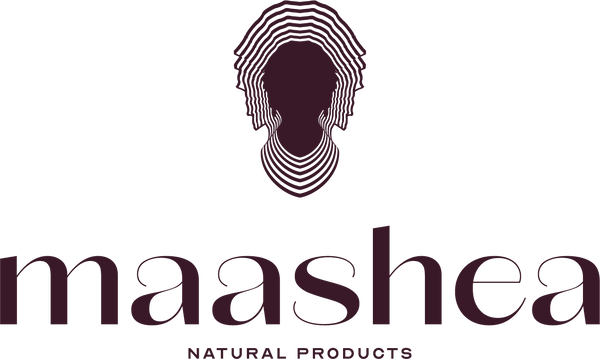
To learn more about the shea butter making process and the women communities that indulge in them, we traveled (for the first time) all the way from Accra (the capital city of Ghana) to Wa. Wa is the capital center of the Upper West Region. The Upper West Region is known for having a major industry of shea butter extraction. It is mostly done on a very small scale by women in addition to their many other social roles.
As we traveled from busy Accra to take a transit stop in Tamale (the capital of the Northern Region), we arrived at our final destination, Wa! During the time we traveled, Ghana was going through its dry season, Harmattan. This season accompanies a dry wind and burning hot sun. We thought Accra was dry, but as soon as we stepped foot on Wa, we knew who had won the contest. Despite the dry wind, there was a beautiful clear blue sky and high sun which made the environment very enjoyable.
On our way to our lodging place, we saw many yellow small motor tricycles that seemed to be operating as local taxis. We understood it had many nicknames given by the locals, such as Pragia, Yellow Yellow and Mahama Camboo.
But as stated before, not only did we go to Wa to enjoy a new environment, our main mission was to get educated on the shea butter processing.


Shea butter processing
And so we learned that, from the forest, the shea fruits fallen from the shea tree are handpicked from the ground. After the fruits are de-pulped, the retrieved nuts are boiled with water on an open fire which would assist the process of de-shelling. Once the boiled nuts are left to dry in the Upper West sun, their shell is removed which leaves the kernels. These kernels are washed and dried which makes the bad nuts appear. Subsequently the bad nuts are separated from the good ones by hand.
As the nuts had fully dried, they were ready for the butter processing. We had the privilege to follow a true shea butter maker Efia (a pseudonym used to maintain privacy of the mentioned people) for three days. Efia does not have her own grinding meal, so she carries the nuts on her head to a local grind mealer where the nuts are crushed to small pieces. Fully crushed, the nuts are put in big pans to get thoroughly roasted. Together with her granddaughter she used a big wooden spatula called ‘Banku Ta’, to stir the crushed nuts rhythmically. The roasting of the nuts would assist the oil extraction later on. After a few hours the crushed nuts have browned and are left to cool down. On to the next batch of nuts to roast…
Once all the crushed nuts had cooled down, Efia went to the same local grinder where water is added to the nuts. This time around she went in with recognizable nuts, but she left the with a thick chocolate-like paste. And yes, it really looked as edible as chocolate!
With this paste she went home to knead it by hand so that she can extract the butter from it. As Efia’s hands are always in butter, her glistening and youthful skin didn’t go unnoticed.
After the paste has reached a smooth consistency, it is boiled for several hours until the oil comes up to the surface and is separated from the solid residue that falls to the bottom. The oil is carefully scooped from the top and is left to solidify. *The solid brown residue is collected and could be used as substitute for charcoal. After one to two days the oil has now turned into a creamy ivory colored shea butter, ready to be packaged and sold on a local market.
Most of the shea butter processing is done by manual labor. And the women actually prefer to use they’re hands and body rather than machines for most of the proces. This is all they’ve known and all they trust on to always get the job done. All the more to respect the process of shea butter making.
We were left very impressed and inspired. Seeing how a nut could be turned into this creamy butter, but also how a single woman used her sweat to create this butter, was unbelievable.

